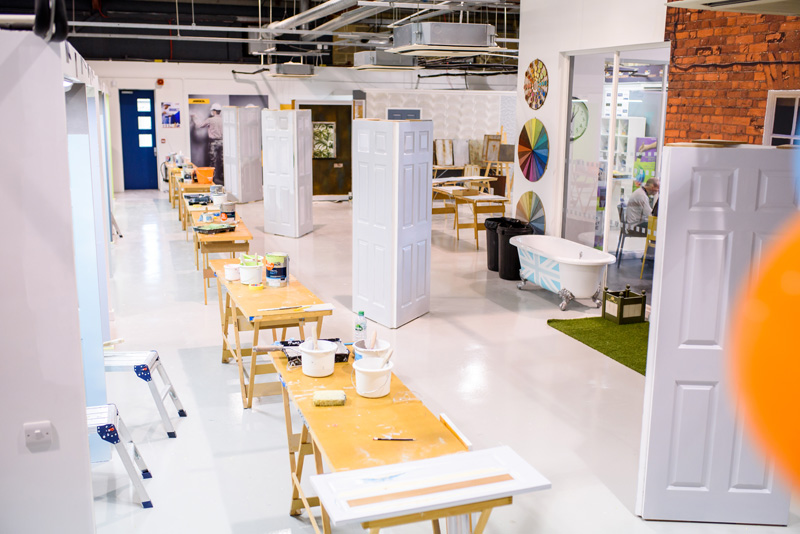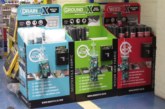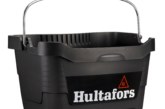
PBM takes a closer look at the thinking behind some of the latest initiatives from Dulux Trade, including its 2019 Colour of the Year.
The development of new coatings is about a lot more than chemistry. Whilst science may help push the boundaries, the underlying reasons for stretching the technological advances are of central importance. Take the Dulux Lumitec Light and Space range, for instance, which is designed to reflect 20% more light, thereby potentially saving energy in an interior through the use of fewer artificial sources of illumination, and making rooms feel more spacious in the process.
“Essentially, it works by utilising a very, very clean pigment,” explains Ted Szuman, Dulux Trade’s Head of Innovation. “As a result, more light bounces off than is absorbed. That does mean we have to use higher grade materials, and there’s an increase in price as a consequence, but the effects are impressive.
“We’re seeing people using it in smaller rooms to make them appear bigger, which is of significance when it is considered that living spaces, particularly in new builds and our inner cities, are getting smaller. Moreover, if you already have a source of natural light from a window, then the paint will enhance its effects still further.”
Alongside the latest technical innovations, a huge amount of research goes into the latest trends at parent group Akzo Nobel’s Global Aesthetics Centre on the outskirts of Amsterdam, bringing together its internal designers and leading external figures worldwide to chart shifts in taste in parallel with major socio-economic changes. This stretches beyond domestic applications and into sectors like healthcare, where the ambition is for the décor to directly impact on the outcomes for patients such as those suffering with dementia, whilst in workspaces the effects on productivity are given real consideration.
The multi-national giant spends huge amounts on initiatives like these long before its product ever gets as far as a merchant’s shelf, making sure that its colour palette is applicable to every conceivable space and scenario. The end-result is a constant process of renewal. For example, the Dulux Colour of the Year for 2019 was recently named as Spiced Honey — a deep ochre intended to “inspire optimism and confidence”.
Of course, the investment in research has to translate to the market and the bridge to stockists and end users can be found at the Dulux Academy, where merchants and contractors can engage with the new products and techniques in an environment where it’s safe to make mistakes. Not only that, but it’s an ideal space to contribute to the product development process itself where experienced decorators and trainers are asked for feedback on anything new that has emerged from the men and women in white coats.
“It’s not just about producing a new formulation, and then delivering it to market, because we have to demonstrate the benefits,” continues Ted. “That’s why the health improvements that can be accrued for decorator and client alike are driving the adoption of low VOC and water-based alternatives. It has become a process of education and initiatives like our Academy can again play their part, because we need to get the message out there that our water-based solution will apply just like solvent products, but with all the natural benefits of the former.
“Solvents have remained popular because they can take up to 12 hours to dry, and contractors have previously liked the open time that provides. We need to make the case for quicker drying times on a job because ultimately, and wherever possible, the corporate aim is to switch over all of the products in our portfolio to water-based solutions.”









